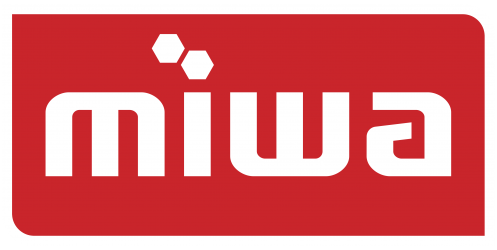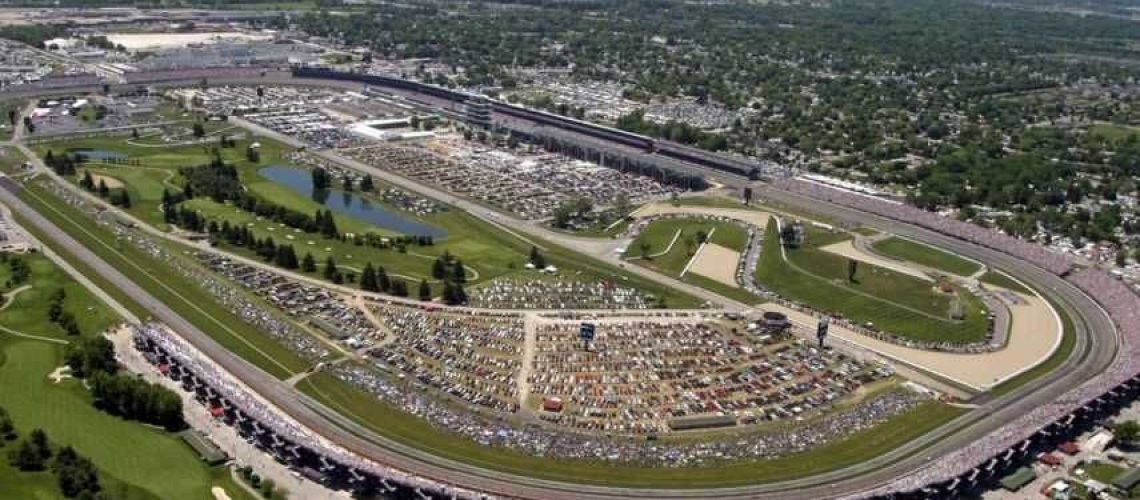9th February 1909
The Indianapolis Motor Speedway Corporation was incorporated with Carl G. Fisher as president. The speedway was Fisher’s brainchild and he would see his project through its inauspicious beginnings to its ultimate glorious end. The first race at the Indianapolis Motor Speedway took place on August 19, 1909, only a few months after the formation of the corporation. Fisher and his partners had scrambled to get their track together before the race, and their lack of preparation showed. Not only were lives lost on account of the track, but the surface itself was left in shambles. Instead of cutting losses on his investment in the Speedway, Fisher dug in and upped the stakes. He built a brand new track of brick, which was the cheapest and most durable appropriate surface available to him. The Indianapolis Motor Speedway would later be affectionately called “the Brickyard.” Fisher’s track filled a void in the international racing world, as there were almost no private closed courses in Europe capable of handling the speeds of the cars that were being developed there. Open course racing had lost momentum in Europe due to the growing number of fatal accidents. Recognizing the supremacy of European car technology, but preserving the American tradition of oval track racing, Fisher melded the two hemispheres of car racing into one extravagant event, a five-hundred mile race to be held annually. To guarantee the attendance of the European racers, Fisher arranged to offer the largest single prize in the sport. By 1912, the total prize money available at the grueling Indy 500 was $50,000, making the race the highest paying sporting event in the world. However, the Brickyard almost became a scrap yard after World War II, as it was in deplorable condition after four years of disuse. The track’s owner, Eddie Rickenbacher, even considered tearing it down and selling the land. Fortunately, in 1945, Tony Hulman purchased the track for $750,000. Hulman and Wilbur Shaw hastily renovated the track for racing in the next year, and launched a long-term campaign to replace the wooden grandstand with structures of steel and concrete. In May of 1946, the American Automobile Association ran its first postwar Indy 500, preserving an American tradition. Today, the Indy 500 is the largest single day sporting event in the world.


